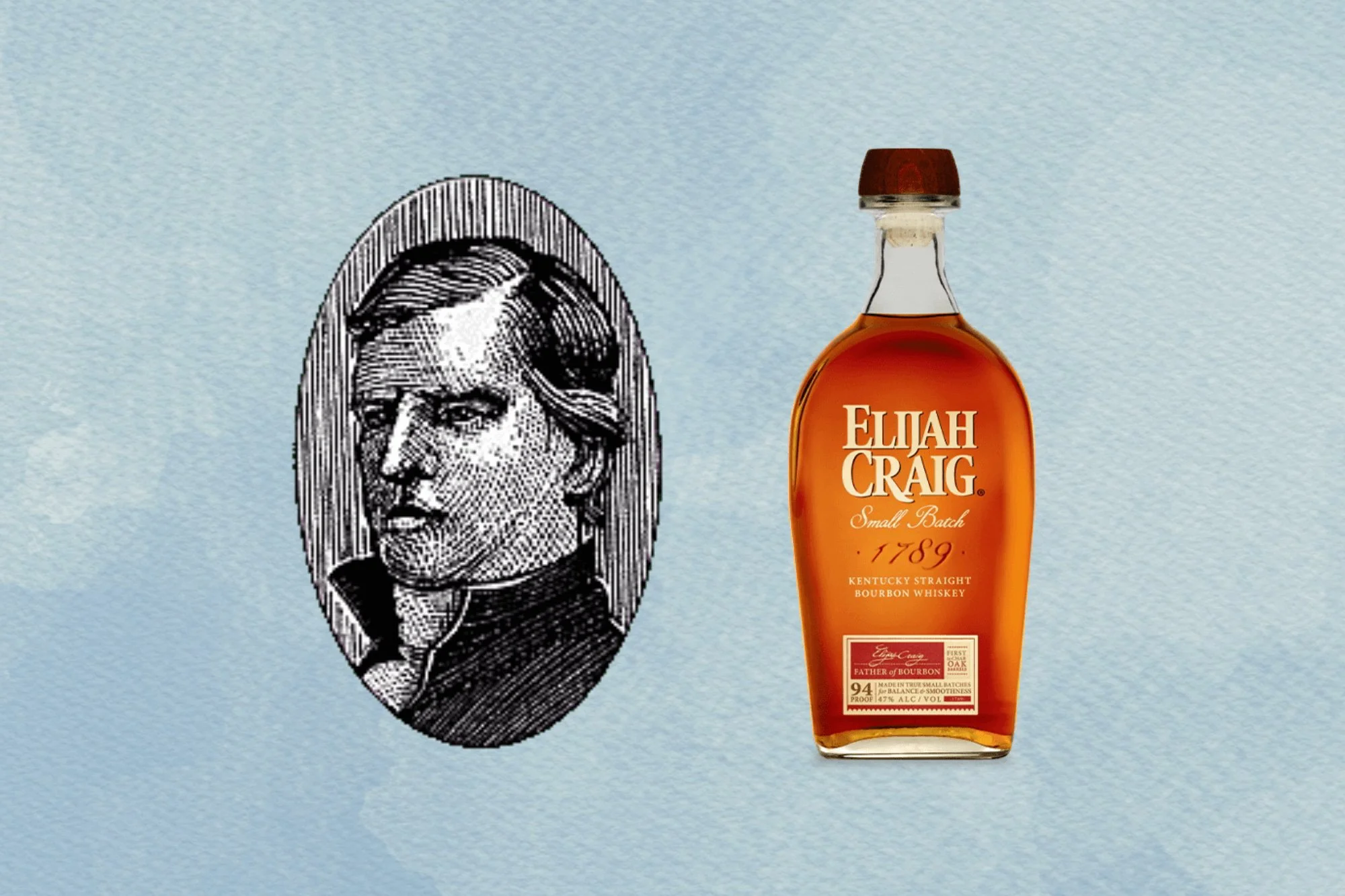Boozy Book Review: Holy Waters by Tom Morton
If you study the history of alcohol for any length of time, you can’t help but run into priests and physicians (who were often one and the same), as they both played important roles in the creation and spread of alcoholic medicine and alcoholic beverages. In my book, Doctors and Distillers: The Remarkable Medicinal History of Beer, Wine, Spirits, and Cocktails, I took on the doctors. In Tom Morton’s Holy Waters: Searching for the Sacred in a Glass, the author takes on the priests.
Looking at Religion and Alcohol
Tom Morton photo courtesy of Tom Morton
Morton’s exploration of the topic is an investigation of “the connections between religion and alcohol: the attempts faith has made to prohibit or moderate its consumption or to harness it to a particular belief’s purposes; the uses it has been put to within worship, and the many divine and very human legends and stories associated with it,” as he writes in the introduction.
He takes us on an exploration of alcohol and religion, grouped into topics rather than laid out in chronologically. In an early chapter, he shows the commonality between the two, and how both alcohol and religion, “can provoke mysticism, the seeing of visions, the dreaming of dreams. They both alter your emotions, affect the brain and body. They are intoxicants and provide reassurance. They are social, provoking and encouraging human interaction, sympathy, friendship, even love.”
He then looks at alcohol’s direct use in religion such as taking the sacrament in the Christian religion in which wine is meant to represent (or supposedly be literally transformed into) the blood of Jesus Christ. He examines the parallel concept in a few different religions, as well as various religions’ views on consuming alcohol generally. It seems most religions that do allow their followers to consume alcohol stress moderation during their earthly existence, while some promise a boozy afterparty in the afterlife.
Monks, Holy Water and Elijah Craig
In the more straightforward historical chapters, Morton tackles topics by subject (beer, wine, cider, etc) and sometimes by geography. We learn of the role that monks played in viniculture and viticulture in Europe. He covers holy waters, healing waters, and holy wells, as well as water’s symbolic use in baptism. In the Americas chapter, he examines the Mormon church’s changing attitude toward alcohol, a little bit on the historic use of fermented beverages in South America, and minsters like Elijah Craig who played an important role in the history of bourbon.
On Witchcraft & Voodoo
In the cider chapter, Morton looks at the symbolism of the apple and an association with pagan witchcraft. In the Caribbean, we touch upon voodoo practices and the role of alcohol in those religions, as well as the appropriateness of brands using religious imagery to sell alcohol. There is Japanese sake (made at temples) and Viking mythology with prodigious consumption of beer or mead.
Tasting Notes
A surprising aspect of the book is that there are tasting notes at the end of each chapter. Some relate to a physical distillery or country that the author visited in the chapter, while others may speak to his personal memories of his own religious practice as a child. He shares tasting notes for scotch and Indian whiskies, ciders, stouts, wine, mineral waters, grape flavored Kool-Aid, and Scottish beverages Irn Bru (a soda often used for hangovers) and Buckfast (a caffeinated wine he calls the “Espresso Martini of the hooligan classes”; sales of which fund a monastery). I found that these tasting notes didn’t add much value to the overall discussion, but on the other hand they weren’t interruptive either.
Overall, the book is a breezy tour through a topic that would require another several hundred pages to treat in its entirety, and you may find that it sparks interest in learning more about a particular point and place in history or a deeper look into one mythology or another. I certainly highlighted a few sections to explore in more depth.




